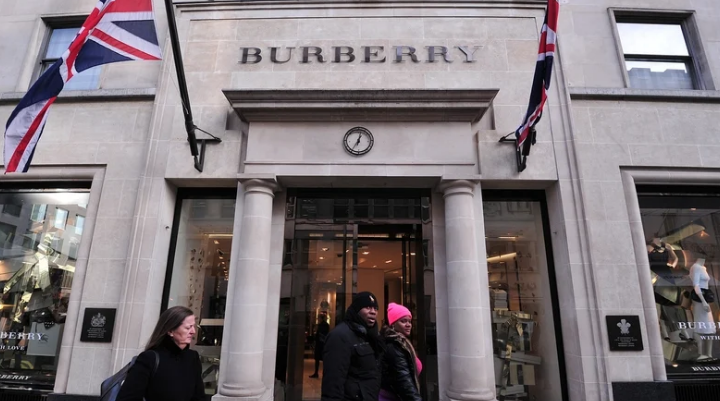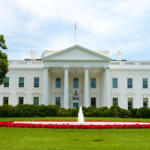Burberry shares soared by 18% today after the British luxury fashion house announced plans to cut 1,700 jobs — roughly 20% of its global workforce — in a sweeping cost-reduction strategy aimed at reversing years of underperformance.
The cuts, which will take place over the next two years, are expected to yield £60 million in additional annual savings by 2027, on top of £40 million already announced. Most of the redundancies will affect office-based roles, while a night shift at the company’s iconic trench coat factory in Castleford, West Yorkshire, will also be scrapped.
The move is part of a broader turnaround plan led by CEO Joshua Schulman, who took over the helm last year following stints at Coach and Jimmy Choo. Since assuming leadership, Schulman has refocused Burberry on its British heritage, leaning into its roots with trench coats and scarves, after missteps in product strategy and aggressive pricing eroded consumer confidence.
“Having two shifts at the Castleford factory resulted in overproduction,” Schulman told investors. “Cutting the night shift allows us to sustain our UK manufacturing footprint responsibly.”
Burberry’s performance in recent years has lagged behind luxury peers, struggling with falling sales and muted demand. Schulman’s new strategy appears to be resonating: the brand’s February fashion show prompted double-digit increases in wholesale orders, reversing a two-year decline.
Despite reporting a 6% drop in fourth-quarter comparable sales, results came in slightly ahead of analyst forecasts. The group ended its financial year on March 29 with an adjusted operating profit of £26 million — comfortably above the £11 million predicted by analysts — narrowly avoiding a loss.
However, regional performance was mixed. Sales declined by 4% in both the Americas and the EMEIA region (Europe, Middle East, India, and Africa), while Asia Pacific sales fell 9%. With the US accounting for 19% of Burberry’s total business, a cooling in American consumer spending is a growing concern.
“As we got into Q4, US momentum softened, especially from February onwards,” Schulman said. Still, Chief Financial Officer Kate Ferry expressed confidence in navigating trade headwinds. “We do feel, wherever tariffs end up, that we have the levers to mitigate it,” she noted.
Investor optimism today was buoyed by Schulman’s confident tone and signs that his back-to-basics strategy is beginning to take hold. Analysts, including Bernstein’s Luca Solca, credited the strong market reaction to expectations of higher profits driven by both topline recovery and significant cost savings.
Burberry’s leadership has been in flux, with Schulman becoming the fourth CEO in a decade. His predecessors — including Marco Gobbetti and Jonathan Akeroyd — struggled to reposition the brand at the top end of luxury or to drive meaningful growth through accessories.
Now, with early signs of momentum and investor confidence on the rise, Burberry’s latest transformation effort is being closely watched across the luxury sector.

















